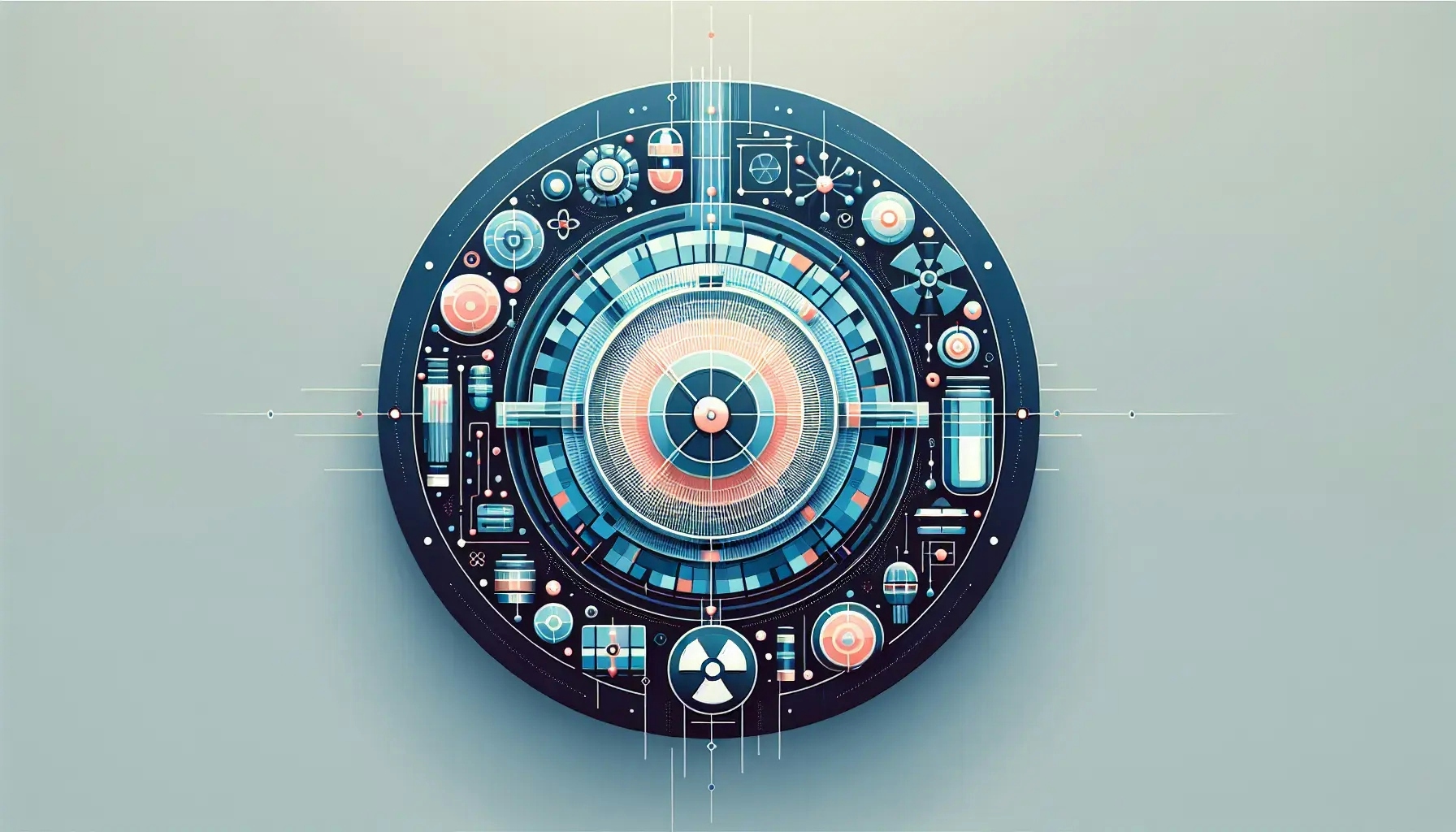Welcome to our deep dive into the world of nuclear reactions. This blog post aims to demystify the complex processes of nuclear fusion and fission. We'll explore their mechanisms, applications, and the pros and cons of each. By the end of this read, you'll have a comprehensive understanding of these powerful nuclear reactions.
Understanding Nuclear Reactions
Nuclear reactions are processes that alter the structure of an atom's nucleus. They involve changes in the atom's nuclear configuration and typically result in the release of a large amount of energy. Two primary types of nuclear reactions are fusion and fission.
Nuclear fusion is a process where two light atomic nuclei combine to form a heavier nucleus. This reaction releases a tremendous amount of energy, much more than that of a fission reaction. The sun and other stars generate their energy through nuclear fusion.
On the other hand, nuclear fission is a process where a heavy atomic nucleus splits into two or more smaller nuclei. This reaction also releases a significant amount of energy. Nuclear power plants commonly use this process to generate electricity.
The Mechanism of Nuclear Fusion
Nuclear fusion begins when two light atomic nuclei come into close proximity. The strong nuclear force, which binds protons and neutrons together in the nucleus, overcomes the electrostatic repulsion between the positively charged protons. As a result, the nuclei combine to form a heavier nucleus.
This process releases energy because the mass of the resulting nucleus is less than the sum of the masses of the initial nuclei. According to Einstein's famous equation, E=mc^2, this loss of mass results in the release of energy.
However, achieving the conditions necessary for nuclear fusion is challenging. It requires extremely high temperatures and pressures, typically found only in stars. Scientists are currently researching ways to achieve these conditions on Earth in a controlled manner.
The Mechanism of Nuclear Fission
Nuclear fission, unlike fusion, involves the splitting of a heavy atomic nucleus into two or more smaller nuclei. This process typically occurs when a neutron strikes the nucleus of a heavy atom, such as uranium or plutonium.
The neutron's impact destabilizes the nucleus, causing it to split. This splitting releases a significant amount of energy, along with additional neutrons. These neutrons can then trigger further fission reactions, creating a chain reaction.
Nuclear power plants harness these chain reactions to generate electricity. They control the rate of the reaction to prevent it from escalating into a nuclear explosion.
Applications of Nuclear Fusion and Fission
Both nuclear fusion and fission have significant applications. Nuclear fission is currently the primary method used to generate nuclear power. It provides a significant portion of the world's electricity.
Nuclear fusion, on the other hand, is the process that powers the sun and other stars. It has the potential to provide a nearly limitless supply of energy if we can learn to harness it effectively on Earth. Current research into nuclear fusion focuses on developing practical, safe, and efficient ways to achieve this.
Beyond energy production, nuclear fission also has uses in nuclear weapons and in certain types of medical treatments and industrial processes.
Advantages and Disadvantages of Nuclear Fusion and Fission
Both nuclear fusion and fission have their advantages and disadvantages. Nuclear fission, for example, is a well-established technology that can generate large amounts of electricity. However, it produces long-lived radioactive waste and carries the risk of nuclear accidents.
Nuclear fusion, on the other hand, has the potential to provide a nearly limitless supply of energy with minimal environmental impact. It produces no long-lived radioactive waste and carries no risk of a nuclear meltdown. However, achieving the conditions necessary for nuclear fusion is technically challenging, and we are still many years away from developing a practical fusion power plant.
The Future of Nuclear Energy
The future of nuclear energy likely involves both fusion and fission. Nuclear fission will continue to be a significant source of electricity for the foreseeable future. At the same time, research into nuclear fusion is progressing, and it may become a practical source of energy within the next few decades.
In the meantime, improvements in fission reactor design and waste management techniques can help to mitigate the drawbacks of nuclear fission. And breakthroughs in fusion research could bring us closer to harnessing the power of the stars here on Earth.
Wrapping Up: Nuclear Fusion and Fission Demystified
We've journeyed through the intricate world of nuclear reactions, dissecting the mechanisms, applications, and implications of both nuclear fusion and fission. While they both hold immense power and potential, they come with their unique sets of challenges. As we continue to innovate and refine these technologies, the future of nuclear energy holds promise for a more sustainable and energy-efficient world.

